A school uses music technology in the classroom to provide composition interludes for a large scale performance.
Music technology activity in the classroom often appears to take place in self-contained frameworks, with no clear external reference points for composition and little opportunity for meaningful live performance. This project provided some ways in which these challenges might be addressed. In addition to the technology, considerable use was made of traditional instruments, vocal and found sounds to provide a balanced mix of sonic textures and timbres.
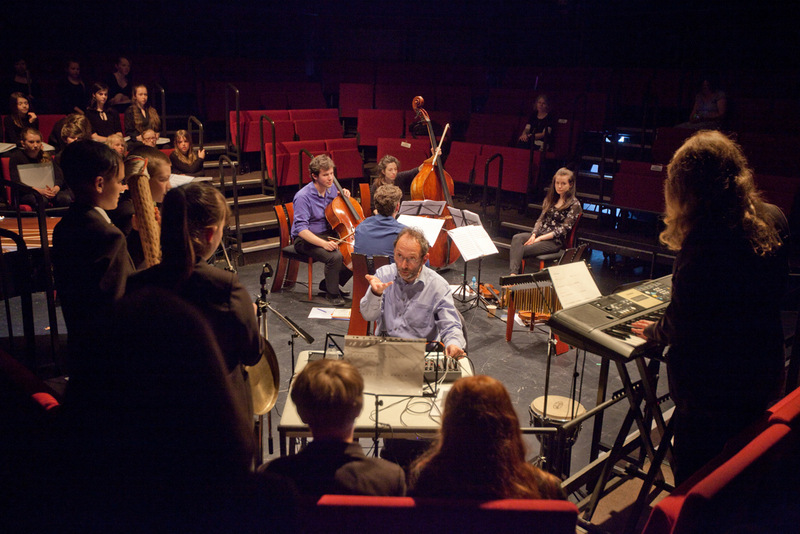
Projects which use technology in this way are particularly appropriate in settings where there is mixed ability, or limited experience and background in music making. They also offer opportunities for SEND students to engage in ensemble music-making in more meaningful and musical ways. These were identified as particular areas of importance and priorities for this school.
What is the context of the work?
The case study setting is Yewlands Academy, Sheffield ( http://www.yewlandsacademy.org ). This is a mixed sex 11–16 secondary school with 850 students on roll. The students are predominantly white British and the school has a higher than average number of special educational needs and disabilities (SEND) students, as well as a higher than average number of students eligible for free school meals and Pupil Premium.
This project comprised half-a-term's work for a class of 28 Year 7 students. Initially designed as a standalone project, revised elements will be integrated subsequently into regular schemes of work. The Head of Department, who was new at the time of the project, is confident with working with technology and interested in ways in which it can be integrated more into classroom activity. She is also keen to make links with music organisations across the city to broaden and extend musical opportunities for her students.
What is the content of the work?
The project comprised six workshop sessions with a class of 28 year 7 students, leading to a performance in the Crucible Studio Theatre in Sheffield.
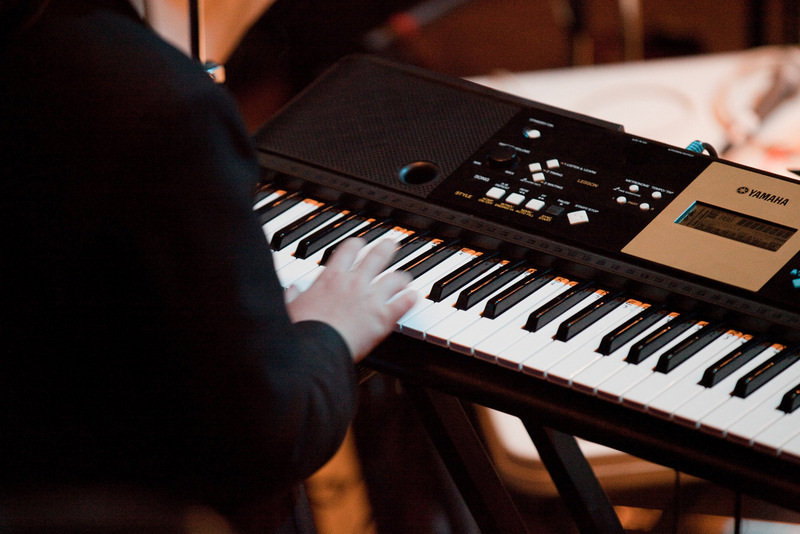
The students created and performed musical interludes for David Bedford's Seascapes. Bedford deliberately created composition 'windows' within the framework of his piece with some basic composition brief outlines. The four interludes were titled, Waves, Mist & Snow, Ice and Storm. The stimulus came from extracts from Coleridge's The Rime of the Ancient Mariner, accompanied by relevant illustrations from Gustave Dore.
Students used the above to make a collection of musical, found and electronically processed sounds which were recorded as mp3 samples. These were loaded into computers and were manipulated and arranged using a computer sequence to create musical pieces, as directed by the above briefs. The sequencer layout format was used as a graphic score in guiding a live performance of these scores. The live performance used a mix of voices, conventional instruments and music technology devices, such as keyboards, sound processors and iPads running virtual synthesisers.
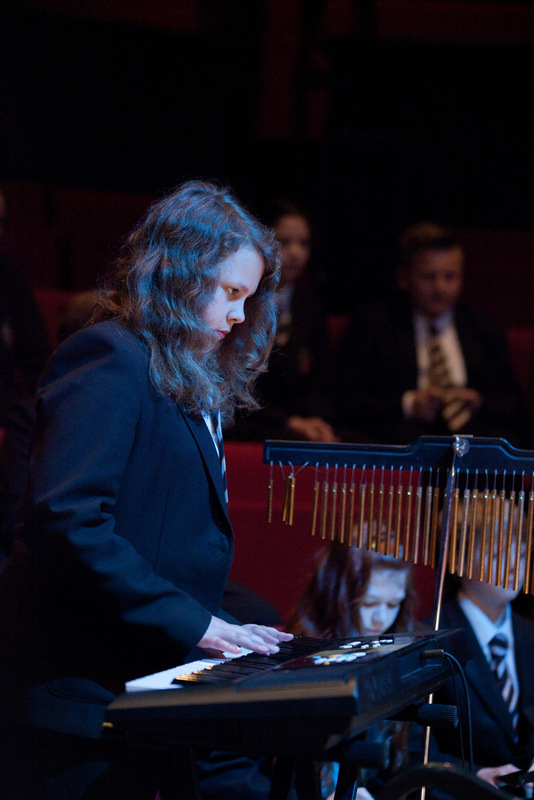
What are the key features of the teaching and learning approach?
The stimulus and directions for composing come from one of David Bedford's published works – Seascapes. The teacher guides support the students in creating work following a brief provided by a professional composer. This is a piece written specifically for performance by school children and professional musicians by the late British composer. Music technology was used to create the music, but the students also used choral and orchestral material used by the choir and classical ensemble from other areas of the piece. The students had the opportunity to perform the combined work in a high profile public concert in the city, working alongside professional musicians and a youth choir. The overall focus was to provide a real-world context for music-making and performance that was supported by appropriate pedagogy and technology.
How is the work being reviewed?
In addition to the public nature of the event and the positive news that it generated, the Head of Department is looking at ways of developing and adapting this approach for use in other areas of the school's music schemes of work.
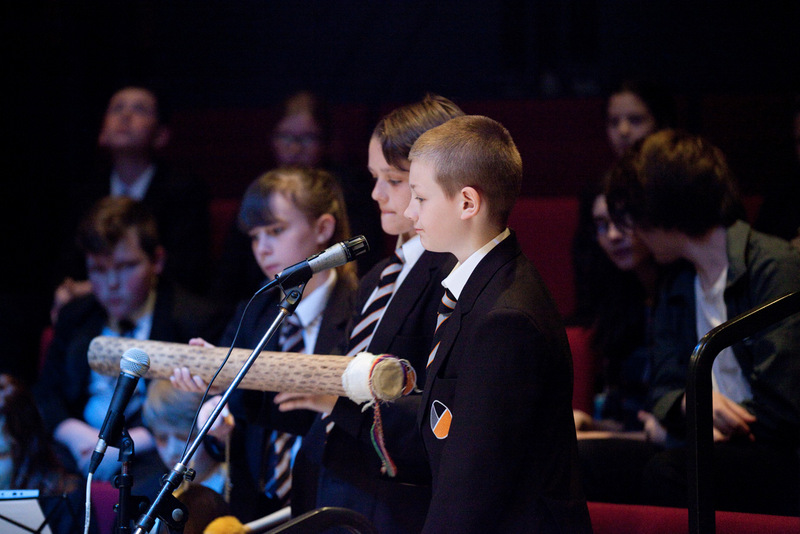
What are the positive outcomes for children/young people – are they some or all of musical, social, personal, educational - how and when can they be identified?
Students learnt how to make use of technology in creating new sounds. Improvised activity with these sounds led to them being organised into fully composed pieces in which a degree of improvisation continued to play a part. Many of the students involved lacked traditional instrumental skills, but they were able to work confidently and expressively and showed considerable aesthetic sensitivity and discrimination, originality and creativity in their work. Enjoyment, enthusiasm and interest were amply demonstrated by the students, tempered by a considerable degree of self-discipline, teamwork and co-operation in developing and performing in ensemble.
The unit of work was clearly laid out and students were also clear of the expectations required for each session. The Bedford composition briefs provided rich and relevant musical challenges for students to create, recreate, listen and respond musically.
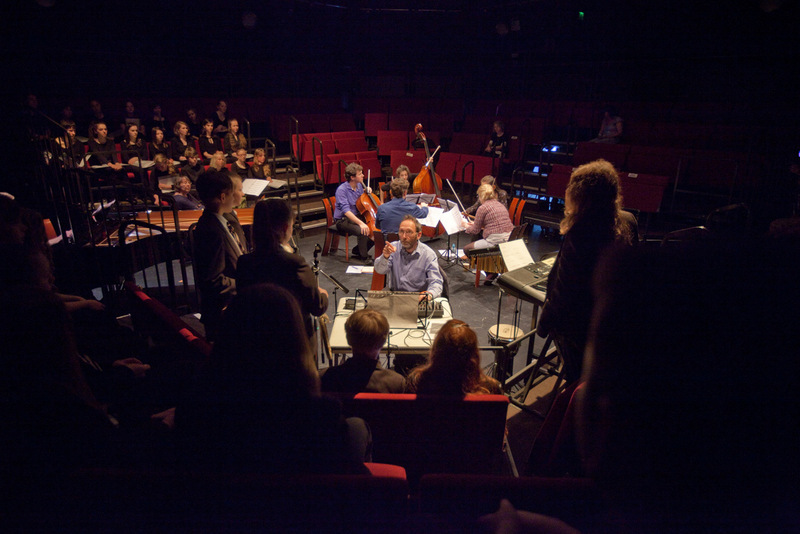
What are the key features of teacher/leader behaviour that are enabling those positive outcomes?
The work was learner-centred, with students working in small groups, making their own decisions on how to interpret and realise the composer briefs. They were given considerable freedom in doing this in an open-ended project. Technology was used to capture, organise and 'notate' the sounds prior to preparation for live performance. Musical language was used when necessary to support a more informal and informed conversational approach. Students were encouraged to work to their strengths and to aim high is a supported learning environment.
What are the key features of context, content and activities that are enabling those positive outcomes?
Key features of the design and its enactment included:
- Materials and resources that matched the phase and age of learners;
- The design was inclusive of the needs of individuals, groups and pupils with SEND;
- There was a rich and relevant musical challenge in which to create, recreate, listen and respond;
- The approach sought a positive and professional ethos, and similar responses to individuals and groups;
- There was clarity in the guidance for student work between sessions;
- Positive responses were provided to new materials and resources, and to the consolidation of familiar work;
- The expectations of music leader were clear to all participants;
- No barriers to participation were evidenced;
- There was an awareness of how to make individual progress, as well as of positive collaborative music making with others;
- Sessions generated enthusiasm, concentration and energy from participants;
- Individuals knew that they could make a valued individual contribution or response;
- Participants knew that there would be opportunities to be spontaneous and share ideas; and
- Individuals or groups knew there were facilities for them to work individually ,or together, between sessions.
How replicable or adaptable is it?
This type of work requires a teacher who is either confident with using a range of music technology hardware and software applications, or who can access relevant support in this area. The composition briefs provided in the published score are clear and realistically achievable in a secondary school classroom.

In addition to standard classroom instruments, a good mix of the following would be desirable:
- Electronic keyboards;
- iPads;
- Computers with sequencer software;
- A sound processor or effects unit; and
- Amplification.
